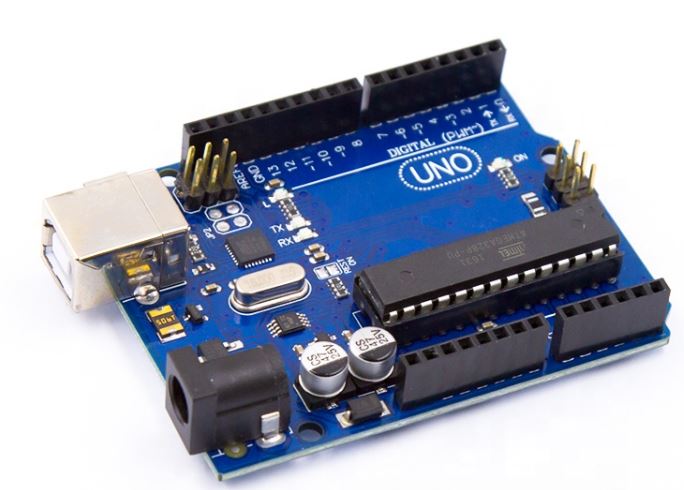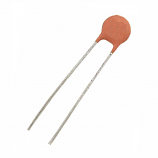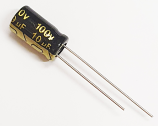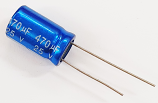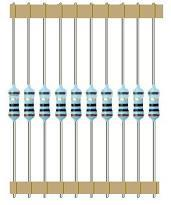UNO R3 Arduino-compatible board with the ATMega328P, ATMega16U2 and CH340G serial converter
Since Arduino is an "Open Source" hardware as well as software; anyone can duplicate the Arduino Uno R3 boards exactly, even using original parts, this means we are able to supply this Arduino compatible board at a fraction of the cost of the original but still working identicaly to the original.
The UNO is the best board to get started with electronics and coding. If this is your first experience tinkering with the platform, the UNO is the most robust board you can start playing with. The UNO is the most used and documented board of the whole Arduino family.
Arduino Uno is a microcontroller board based on the ATmega328P. It has 14 digital input/output pins (of which 6 can be used as PWM outputs), 6 analog inputs, a 16 MHz quartz crystal, a USB connection, a power jack, an ICSP header and a reset button. The development board has everything needed to support the microcontroller to help you create an endless amount of projects and if you are just starting then the worldwide Arduino community is full of ideas, guides and help to get you started or help you complete your project.
Supplied
1 x Arduino Compatible Uno R3 development board
1 x USB Cable
Arduino Quick Start Guide
Installing the Arduino IDE
-
Go to arduino.cc/en/software and download the appropriate version for your system.
-
Run the installation file (usually called arduino-1.xx.xx-windows.exe).
-
Follow the on-screen instructions to complete the installation process.
Connecting the Arduino to a computer
-
Connect the Arduino to your computer using the USB cable provided.
-
Open the Arduino IDE and click on “Tools”. When prompted by windows firewall click allow.
-
Move the cursor over “Board” and select your Arduino board from the list (e.g. “Arduino Uno”).
-
Click on “Tools” again and move the cursor over “Port”. Now, select the USB port where the Arduino is plugged in. If you have multiple devices under “Ports” and you are unsure which one is the Arduino, try selecting one of the ports and then click on “Tools” and select “Get board info”. If the Arduino port is selected, a small window displaying the board information will appear, otherwise keep trying different ports until the window appears.
-
To check if the Arduino is connected correctly, click on the “Upload” button at the top of the screen (button with arrow pointing to the right) and wait for the empty sketch to upload. If no errors come up, you’re all set up and ready to go!
Installing Arduino Libraries
Method 1
-
Open the Arduino IDE and click on “Tools” at the top of the screen.
-
Click on “Manage Libraries”.
-
Type in the name of the library you wish to install (e.g. “CCS811”) and press enter.
-
The Library Manager will now display a number of relevant libraries. Hover the cursor over the required library and click “Install”. When the installation has finished, close the Library Manager window.
Method 2
-
Download the library you wish to install.
-
Extract the folder from the zip file and paste it in the following location:
Windows XP and above: C:\Users\%username%\Documents\Arduino\Libraries
Mac: /Users/<username>/Documents/Arduino/libraries/
Linux: /usr/share/arduino/libraries/ (you must delete the dashes in the folder name, if there are any)
-
Restart the Arduino IDE.
|
